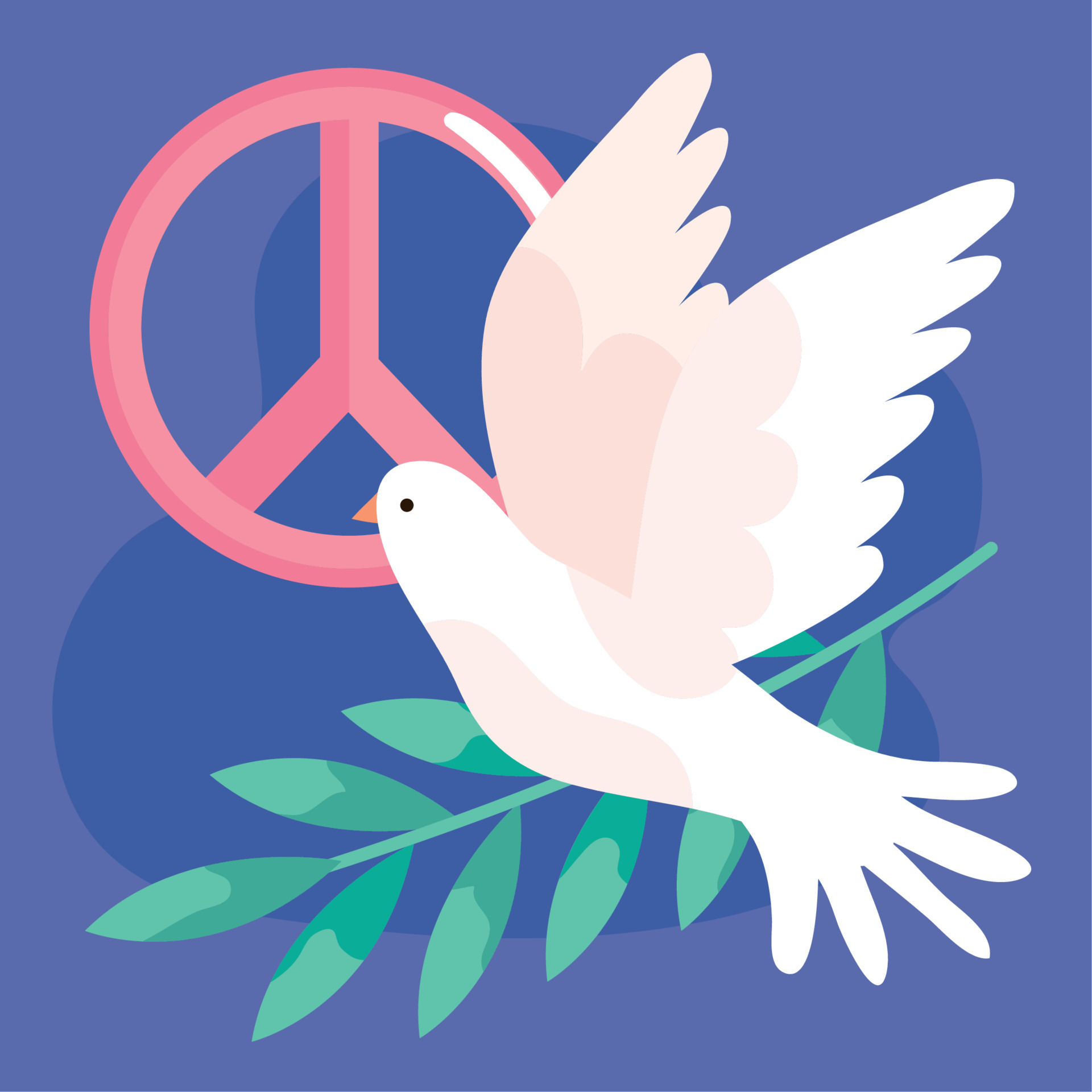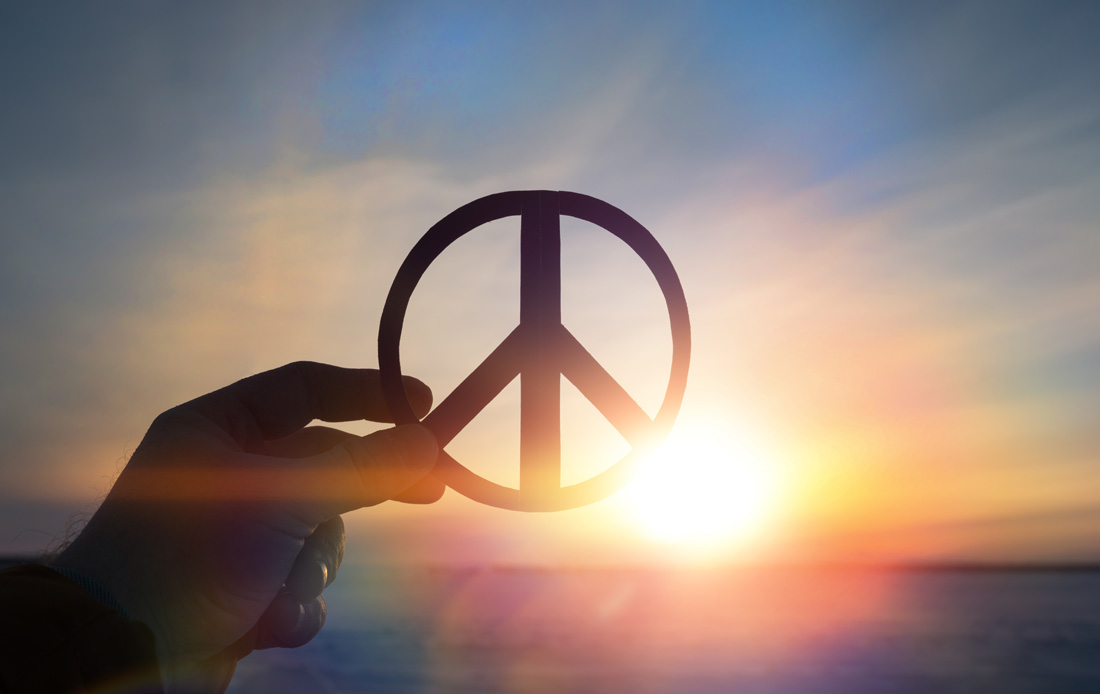Exploring Peace On Earth Hodel: A Deeper Look At Tranquility And Harmony
Have you ever stopped to truly think about what peace means? It's a word we hear quite often, yet its full weight and many forms sometimes get lost. For many, the idea of "peace on earth" feels like a distant dream, a beautiful thought that seems just out of reach in our bustling world. But what if we could approach this grand idea from a fresh perspective, perhaps through a lens we're calling "Hodel"? It's a way to really consider the different layers of peace, from quiet moments within ourselves to a calm world around us, and that is very much worth exploring, don't you think?
Understanding peace goes beyond simply the absence of conflict. It's a rich concept, quite complex, really, that touches on how we feel inside, how we interact with others, and even how nations relate. My text defines peace as a state of tranquility or quiet, a situation where there's no war, violence, or arguing. It's about living and working together happily, without quarreling, which is pretty nice, actually.
This article aims to unpack the idea of peace, looking at its various definitions and how it shows up in our lives, all while keeping the unique framing of "peace on earth hodel" in mind. We'll explore what it means to be at peace within yourself, how harmony can grow among people, and what it might take for a world to truly be at peace. We hope this fresh look helps you connect with the powerful concept of peace in a more personal way, so, let's just get into it.
Table of Contents
- Understanding the Many Faces of Peace
- Symbols and the Pursuit of Peace
- How We Can Foster Peace in Our Lives and Beyond
- Frequently Asked Questions About Peace
- Moving Towards a Peaceful Future, with Hodel in Mind
Understanding the Many Faces of Peace
When we talk about "peace on earth hodel," we're really talking about the many different ways peace shows up, or rather, the many ways we can experience it. It's not just one thing, you know. Peace, as my text points out, can be a state of tranquility, quiet, and harmony. It's also a situation where there's no war, violence, or arguing, which is pretty clear. These definitions, in a way, help us see that peace has many layers, from the very personal to the very global, and that's quite interesting.
Consider, for a moment, how people often say they want to live in a world at peace. This broad desire, quite simply, points to a shared wish for a world where people can live and work together happily without quarreling. It's a rather universal longing, isn't it? So, when we think about "peace on earth hodel," we are, in a sense, trying to gather all these different meanings and aspirations into one coherent picture, which can be a bit of a challenge, actually.
Inner Peace: A Quiet Heart
Psychological or inner peace, often called "peace of mind," refers to a state of being internally or spiritually at peace. This means having sufficient clarity of knowledge and understanding to remain calm in the face of various situations. It's about being at peace with yourself, as my text puts it, and with your friends. This kind of peace, you know, comes from within. It's a feeling of quiet calm that lets you handle whatever comes your way without getting too flustered.
Finding this inner calm, which is sometimes a bit of a quiet journey, might involve understanding your own thoughts and feelings better. It's about reaching a point where you feel settled and comfortable in your own skin. This inner quietness, arguably, forms the very foundation for how we interact with the wider world. Without it, the idea of peace on a larger scale might seem a little bit harder to grasp, don't you think?
One might find inner peace through quiet reflection, or perhaps by simply accepting things as they are. It's a personal journey, really, and what works for one person might be different for another. But the goal, in a way, is always that feeling of quiet contentment inside. It's a state where your mind feels clear and your spirit feels calm, even when things around you are a little bit noisy, or chaotic, as a matter of fact.
Peace Among People: Friendly Connections
If there is peace among a group of people, they live or work together in a friendly way and do not quarrel. My text highlights that you can also say that people live or work in peace with each other. This kind of peace is about relationships, about how we treat each other every day. It's about finding common ground and respecting differences, which is sometimes easier said than done, frankly.
This type of peace relies on good communication and a willingness to understand different points of view. When people can resolve disagreements without resorting to anger or conflict, that's peace in action. It's about creating an atmosphere where everyone feels safe and valued, and that, very often, takes a bit of effort from everyone involved. It's about building rapport and concord, as my text suggests, among neighbors, colleagues, and family members, and that is pretty much a daily task.
Think about a community where people help each other out, where arguments are rare, and where everyone feels like they belong. That, in a way, is a community living in peace. It's a situation where friendliness and cooperation win out over disagreement and strife. This kind of peace, arguably, makes our daily lives so much more pleasant and productive, and it's something we can all work towards, you know, in our own small circles.
Global Peace: A World Without Strife
The non-warring condition of a nation, group of nations, or the world is another key definition of peace. This is the grand vision of "peace on earth," a world free from large-scale violence and war. It's about countries getting along, finding diplomatic solutions to problems, and avoiding armed conflict. This, obviously, is a massive undertaking, and it often seems like a very distant goal.
Achieving global peace involves complex international relations, agreements, and a shared commitment to resolving disputes peacefully. It's about building trust between nations and working towards common goals that benefit everyone. This larger scale of peace, in a way, requires a lot of patience and persistence from leaders and citizens alike. It's a continuous effort to prevent conflict and build a more stable world, which is a big deal, actually.
When we look at history, we see how difficult this global peace can be to maintain. Yet, the pursuit of it remains one of humanity's most important goals. It's about imagining a world where resources are shared, where human rights are respected, and where differences are celebrated rather than fought over. This grand vision, in some respects, is what "peace on earth hodel" ultimately aspires to, a truly calm and harmonious global community, and that is something to really hope for.
Symbols and the Pursuit of Peace
Throughout history, people have used various symbols to represent peace. My text mentions the dove and the olive branch as the most common symbols associated with peace. You often see them, for example, on flags or in artwork, conveying a message of hope and reconciliation. These symbols, you know, help us visualize the idea of peace, making it a bit more tangible and something we can rally around.
Another powerful symbol mentioned is the statue of Eirene, the goddess of peace in ancient Greek religion. Such figures remind us that the desire for peace is an ancient one, deeply rooted in human culture. These symbols serve as constant reminders of what we strive for, and they inspire us to keep working towards a more peaceful existence, which is pretty important, really, in a world that can feel a bit chaotic.
The consistent appearance of these symbols across different cultures and times suggests a universal yearning for tranquility and harmony. They are, in a way, visual shorthand for a profound human aspiration. When we see a peace dove, for instance, it instantly brings to mind the idea of calm and the end of conflict. This shared understanding, arguably, helps unite people in their pursuit of a more peaceful world, and that's a powerful thing, you know.
How We Can Foster Peace in Our Lives and Beyond
Pursuing peace is one of the few values we share across cultural, political, and linguistic divides, as my text rightly points out. The challenge, however, comes in understanding what 'peace' really means and how we are able to achieve it. It's not always easy, but there are steps we can take, both personally and collectively, to move closer to that peaceful state. It's about being proactive, you know, rather than just waiting for peace to happen.
For inner peace, consider dedicating a little time each day to quiet reflection or mindfulness. This could be as simple as taking a few deep breaths, or just sitting quietly for a few minutes. It's about creating space in your mind for calm. This practice, in a way, helps you gain clarity and understanding, allowing you to remain calm in the face of life's everyday challenges, and that can make a big difference, actually.
To foster peace among people, practice active listening and empathy. Try to understand where others are coming from, even if you don't agree with them. Simple acts of kindness and respect can go a long way in building friendly connections and preventing quarrels. Remember, people can live or work in peace with each other, and that often starts with small, daily interactions. It's about choosing understanding over conflict, and that is pretty much a conscious decision.
For global peace, supporting organizations that work towards conflict resolution and humanitarian aid can make a difference. Staying informed about world events and advocating for diplomatic solutions also plays a part. Every little bit helps, really, in the grand scheme of things. It's about contributing to the non-warring condition of the world, even in small ways. To learn more about how international bodies work towards peace, you could look into resources from a respected peace organization like the United Nations, for instance, which is a good place to start.
Consider too, the power of education in promoting peace. Teaching younger generations about tolerance, understanding, and conflict resolution can lay the groundwork for a more peaceful future. It's about instilling values that encourage living and working together happily, without quarreling. This long-term investment, arguably, is one of the most effective ways to build a world at peace, and that is a truly hopeful endeavor.
Ultimately, the concept of "peace on earth hodel" encourages us to think about peace not as an abstract ideal, but as something we can actively pursue and cultivate. It's about bringing the definition of peace—a state of tranquility, quiet, and harmony—into our daily lives and into the wider world. It's a continuous process, of course, but one that yields profound rewards for everyone involved. Learn more about peace on earth hodel on our site, and discover more about finding tranquility by visiting this page.
Frequently Asked Questions About Peace
What does true peace really mean?
True peace, in a way, means more than just the absence of fighting. It refers to a state of tranquility, quiet, and harmony, both within oneself and among people. It means living without violence or arguing, where everyone can live and work together happily, and that is a pretty good definition, actually.
How can someone find inner peace?
Finding inner peace, or peace of mind, often involves cultivating a state of being internally or spiritually at peace. This can come from having enough clarity and understanding to stay calm even when things are difficult. Practices like quiet reflection, self-awareness, and accepting things as they are can help you feel at peace with yourself, which is something many people strive for, you know.
What are some ways to promote peace in the world?
Promoting peace in the world means working towards a non-warring condition among nations and groups. This involves supporting diplomacy, resolving conflicts without violence, and fostering understanding across different cultures. On a smaller scale, promoting peace means living and working together in a friendly way, avoiding quarrels, and showing respect to others in your daily life, and that is very important, really.
Moving Towards a Peaceful Future, with Hodel in Mind
The idea of "peace on earth hodel" invites us to consider the multifaceted nature of peace, from the quiet calm within us to the harmony we build with others, and finally, to a world free from conflict. It's a continuous journey, a persistent effort that touches every part of our existence. My text provides a robust foundation for understanding peace in its various forms, whether it's the tranquility of mind or the absence of war.
As we move forward, let's keep these definitions close, applying them to our lives and interactions. Every small step towards inner calm, every friendly connection made, and every effort towards global understanding contributes to the larger vision of peace. It's a collective endeavor, after all, that requires each of us to play a part, and that is quite a powerful thought, actually. By embracing the principles of peace, we can, in a way, help build a more harmonious world, one moment, one person, one community at a time, and that is a pretty hopeful outlook, you know, for today, the 20th of May, 2024.

peace dove with symbol 10478650 Vector Art at Vecteezy

Peace Sign Meaning and Peace Symbol Meaning - Whats-Your-Sign.com

Peace Sign